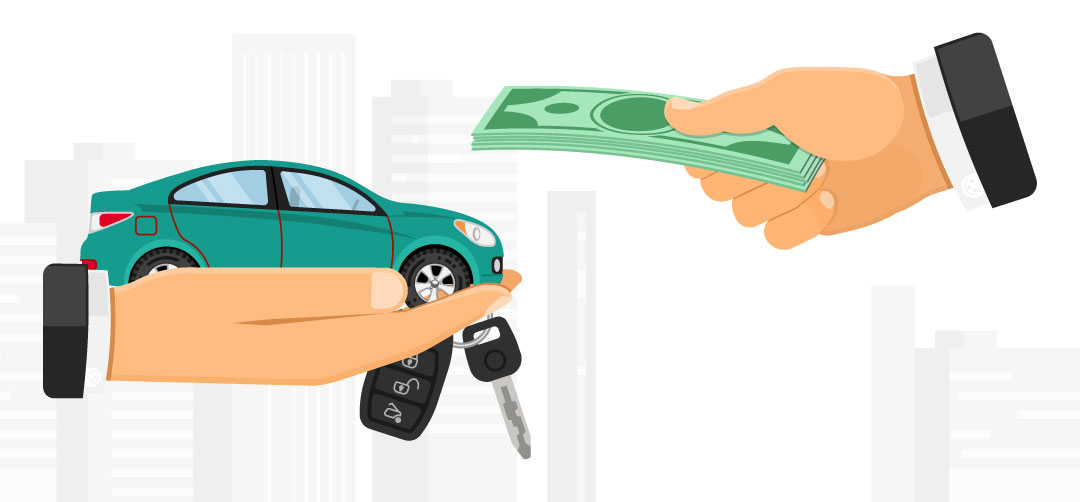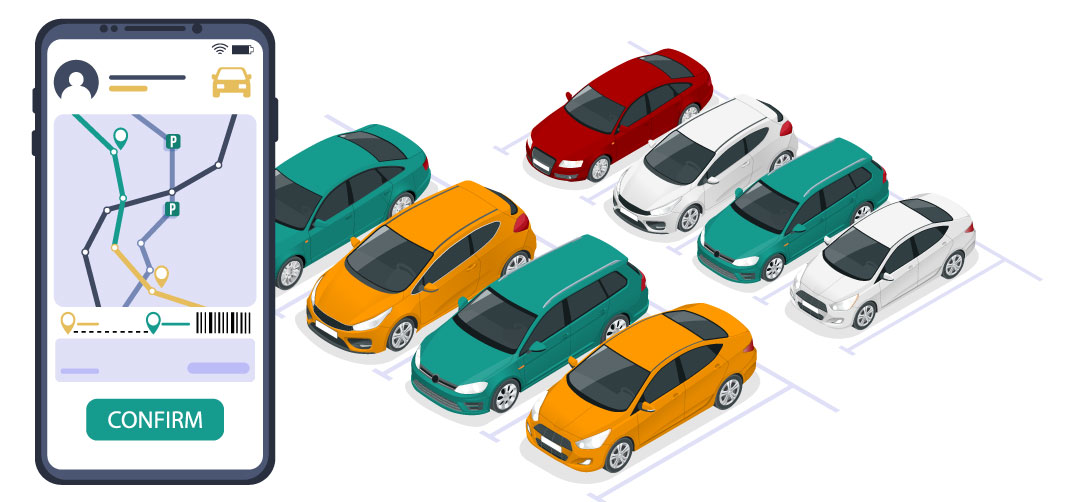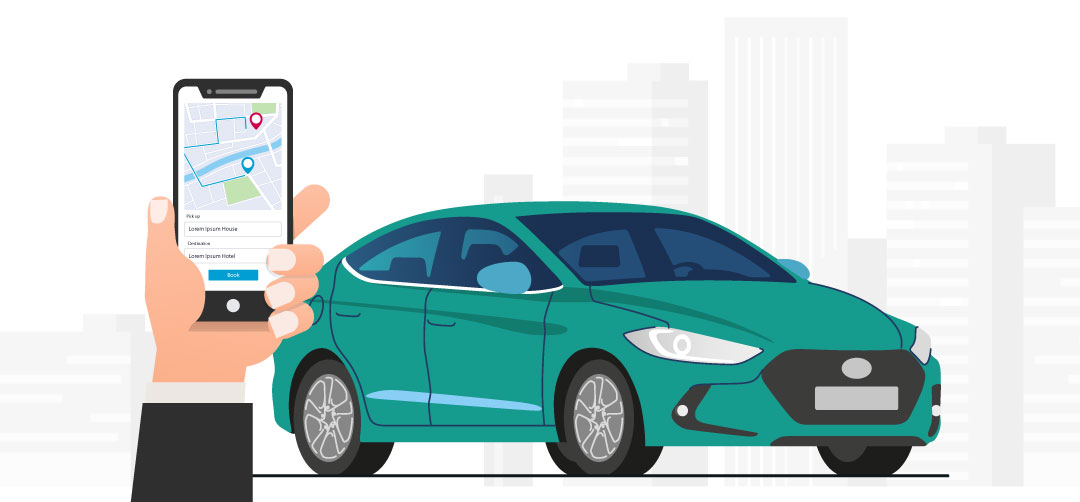
Paid Rental Programs: The Smarter Approach to Alternative Customer Transportation
Paid Rental Programs: The Smarter Approach to Alternate Customer Transportation
Providing alternate transportation has become an expectation for customers when their vehicles are in for service. For service managers, however, meeting this demand can create significant challenges – from high fleet costs to vehicle misuse and availability issues. Transitioning to a paid rental program for alternate transportation is a smart way to control costs, improve customer satisfaction, and protect your bottom line.
Data from Cox Automotive shows that 60% of service customers expect some form of alternate transportation, yet fewer than 30% of dealerships are able to meet this consistently. Many service departments continue to offer free loaner vehicles, assuming it’s necessary for customer retention. But the numbers tell a different story.
According to NADA, the average dealership spends $40-$50 per day per loaner vehicle, factoring in depreciation, insurance, and maintenance. For a fleet of 15 vehicles, that translates to over $150,000 per year – an expense that often goes unrecovered. Worse, free programs encourage overuse. Studies have shown that up to 35% of customers given free loaners could have used other transportation options, tying up fleet resources unnecessarily.
Paid rental programs offer a better solution. By charging a reasonable daily fee – typically between $25-$40 – dealerships can recover costs and reduce inappropriate usage. This approach also encourages customers to use their own transportation if possible, freeing up vehicles for those who truly need them. Dealerships implementing paid programs report a 25-30% drop in unnecessary loaner requests, leading to better fleet availability and improved operational efficiency.
Customers value transparency and convenience. Many are willing to pay a fair rate if it guarantees a clean, ready-to-go vehicle and professional service.
For service managers, adopting a paid rental program for alternate customer transportation is a data-driven decision: it improves efficiency, curbs costs, and enhances the customer experience – all while adding a new revenue stream to your department.


